Supporting the United Nations Machinery I: UN Bodies
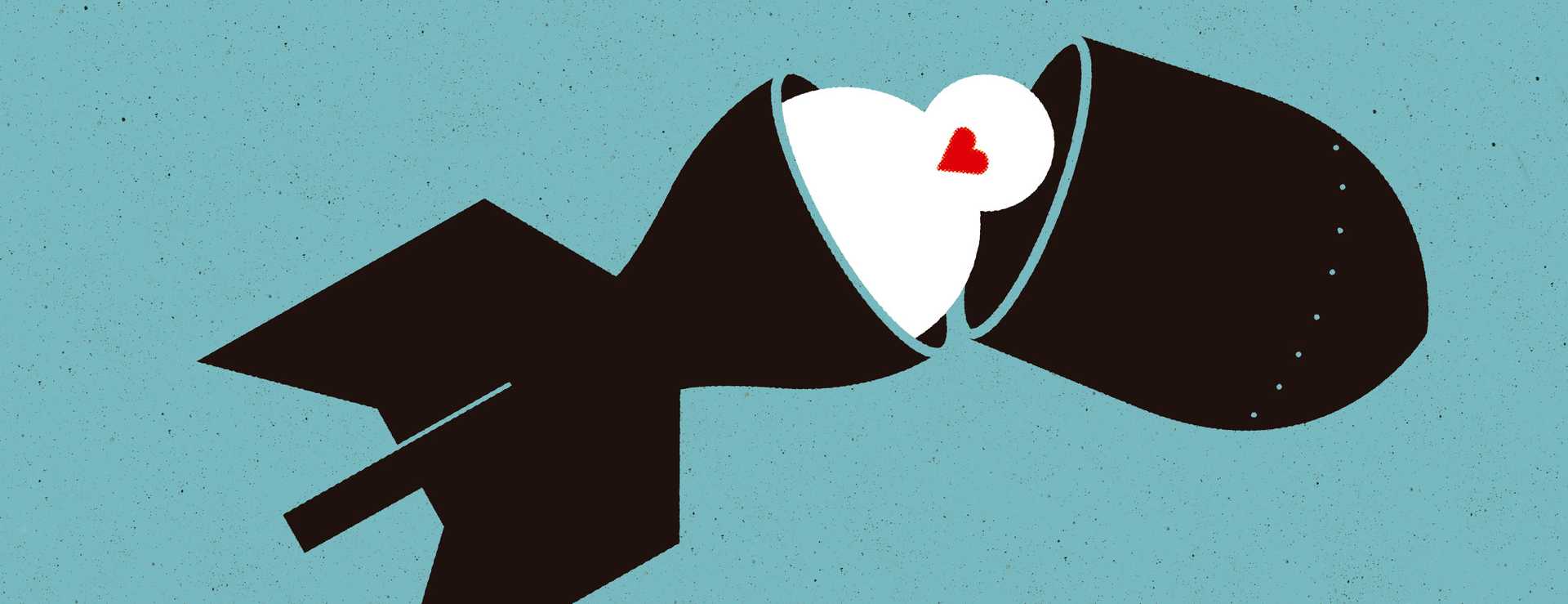
This video explains:
- the United Nations Institute for Disarmament Research
- the Advisory Board on Disarmament Matters
The United Nations Institute for Disarmament Research
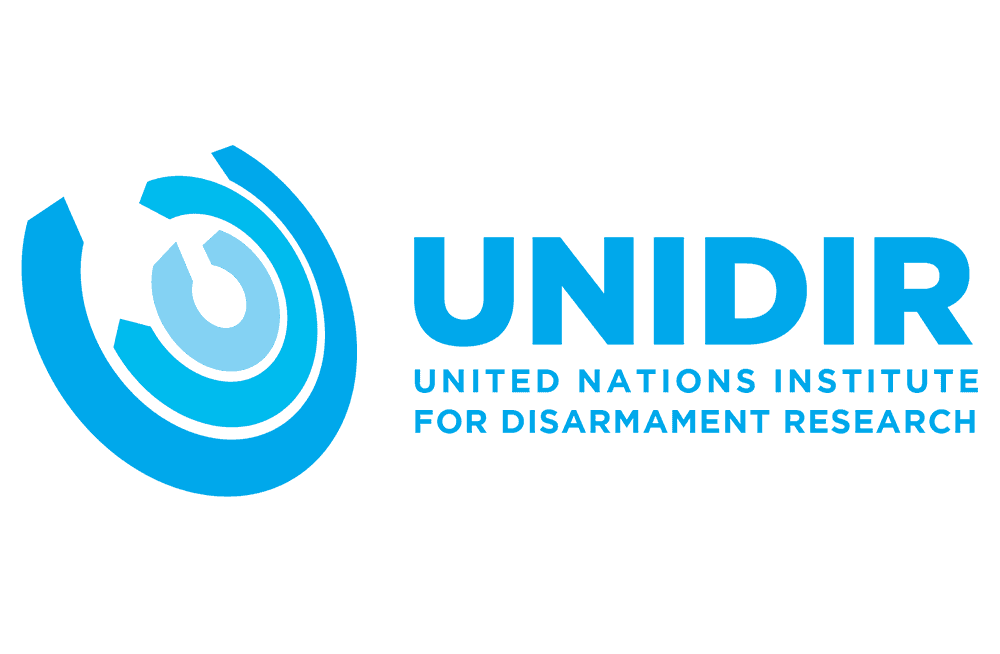
- established in 1980 by the UNGA
- organizes experts’ meetings
- conducts and publishes research projects
- works with governmental and non-governmental organizations, civil society and the private sector
- its programme of work is based on the final document of the SSOD
Its five thematic areas of work:
- WMD and Other Strategic Weapons
- Conventional Arms
- Security and Technology
- Gender and Disarmament
- Middle East Weapons of Mass Destruction Free Zone
For more information see UNIDIR’s website
The Advisory Board on Disarmament Matters
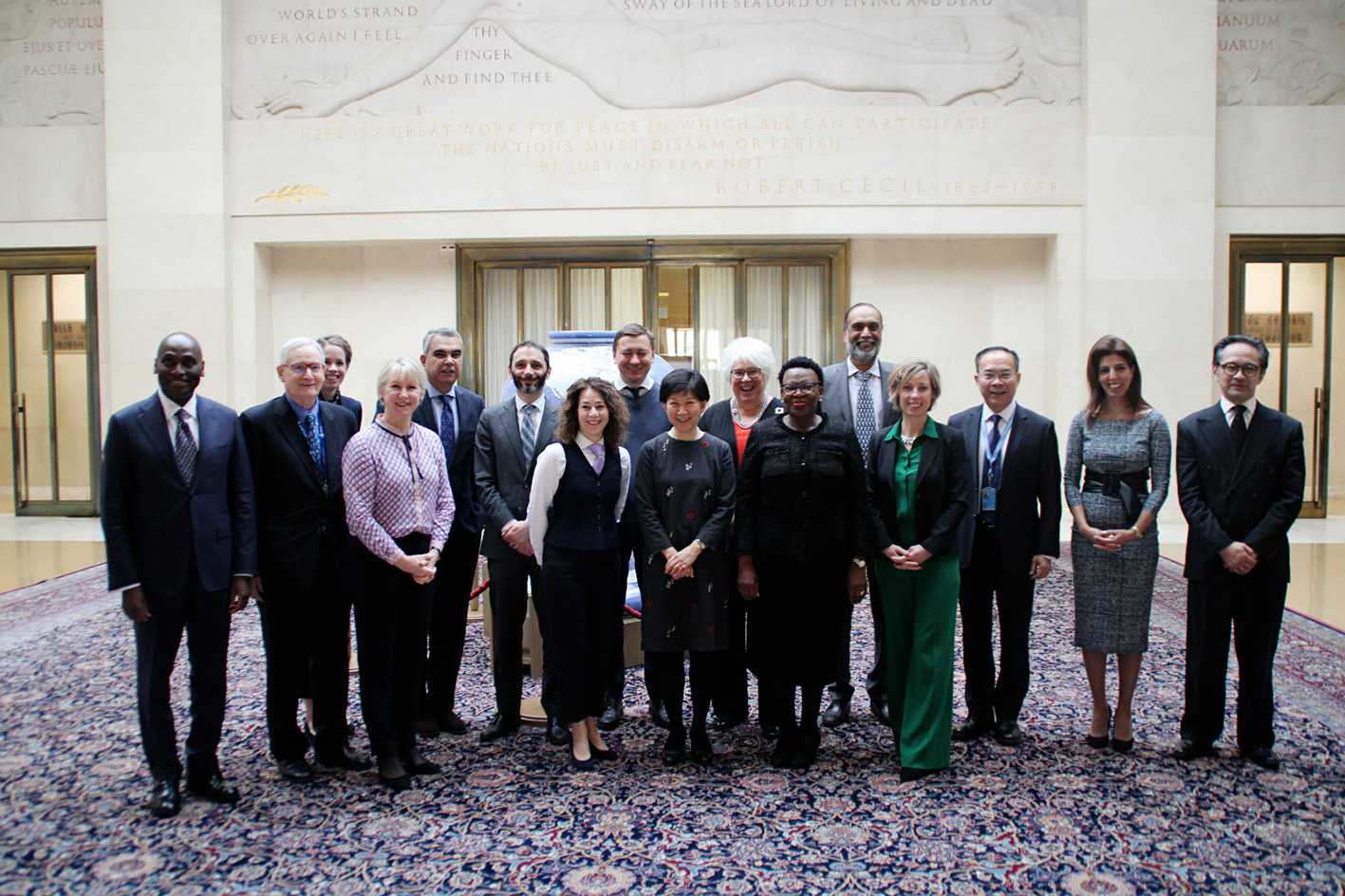
- established in 1978 pursuant to paragraph 124 of the Final Document of SSOD, it received its current mandate in 1999 pursuant to UNGA decision 54/418
- nominated by the UN SG
- 15 members
- meets two times per year, alternatively in Geneva and New York City
Its main functions:
- serves as the Board of Trustees of UNIDIR
- advises the SG on matters within the area of arms limitation and disarmament and on the implementation of the United Nations Disarmament Information Programmmes
Further information on the Advisory Board
Supporting the United Nations Machinery II: The UNODA
This video takes a closer look at the United Nations Office for Disarmament Affairs.
The United Nations Office for Disarmament Affairs
- established in 1982, upon the recommendation of the GA’s Second Special Session on Disarmament (SSOD II)
- formerly “Centre for Disarmament Affairs” and “Department for Disarmament Affairs”
- provides substantive and organizational support to the UN Machinery and UN Member States
Some of its main activities:
- multilateral dialogue
- transparency and confidence-building measures
- objective, impartial and up-to-date information on arms control and disarmament issues
- outreach and education
Its five main branches:
- the CD Secretariat and Conference Support Branch
- the Weapons of Mass Destruction (WMD) Branch
- the Conventional Arms Branch (CAB)
- the Information and Outreach Branch (IOB)
- the Regional Disarmament Branch (RDB)
The United Nations Regional Centres for Peace and Disarmament
The United Nations Regional Centre for Peace and Disarmament in Africa (UNREC)
Established in 1986 by the UNGA, UNREC is based in Lomé, Togo.
UNREC provides support to Member States of the African region towards the realization of measures to achieve peace, arms limitations and disarmament. To this scope, UNREC cooperates with the African Union, coordinating the implementation of regional activities.
The United Nations Regional Centre for Peace and Disarmament in Asia and the Pacific (UNRCPD)
Established in 1987 by the UNGA, UNRCPD is based in Kathmandu, Nepal.
UNRCPD assists 43 countries in the region in their efforts to promote and implement peace, security and disarmament goals through education programmes, the promotion of dialogue, confidence-building measures and the organization of major annual conferences.
The United Nations Regional Centre for Peace and Disarmament in Latin America and the Caribbean (UNLIREC)
Established in 1986 by the UNGA, UNLIREC is based in Lima, Perù.
UNLIREC supports the 33 States of the Latin American and Caribbean region in their implementation of peace and disarmament measures. Its main function is to translate the decisions, instruments and commitments of Member States in the field of disarmament and non-proliferation into action, at national, sub-regional and regional levels.
Interview with Angela Kane
In this video, Angela Kane speaks about her time as High Representative for Disarmament Affairs and Under Secretary-General.
Supporting the United Nations Machinery III: Other Multilateral Bodies
This video explains:
- the CTBTO
- the OPCW
- the IAEA
Supporting the United Nations Machinery
The Preparatory Commission for the Comprehensive Nuclear-Test-Ban Treaty Organization
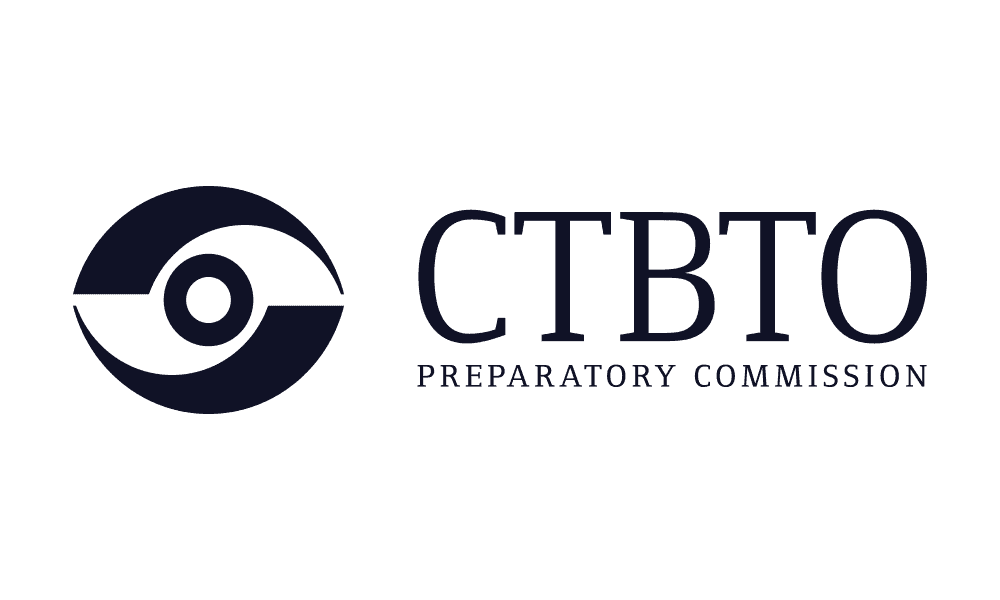
- established in 1996
- interim implementing body of the Comprehensive Test Ban Treaty – the treaty that prohibits any kind of nuclear weapons testing: on the Earth’s surface, in the atmosphere, underwater and underground
- 184 Member States
The Organisation for the Prohibition of Chemical Weapons
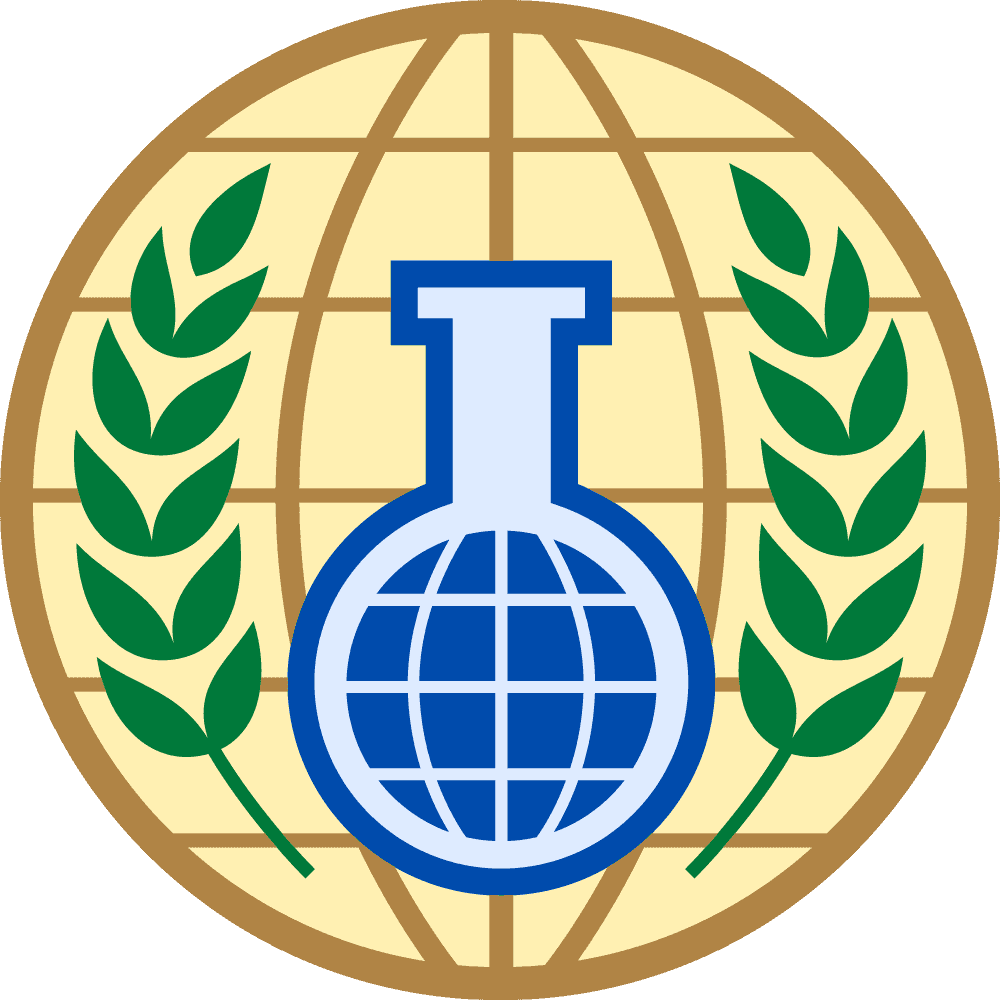
- established in 1997
- implementing body of the Chemical Weapons Convention (CWC); the organisation oversees the global endeavor to permanently and verifiably eliminate chemical weapons
- 193 Member States
The International Atomic Energy Agency
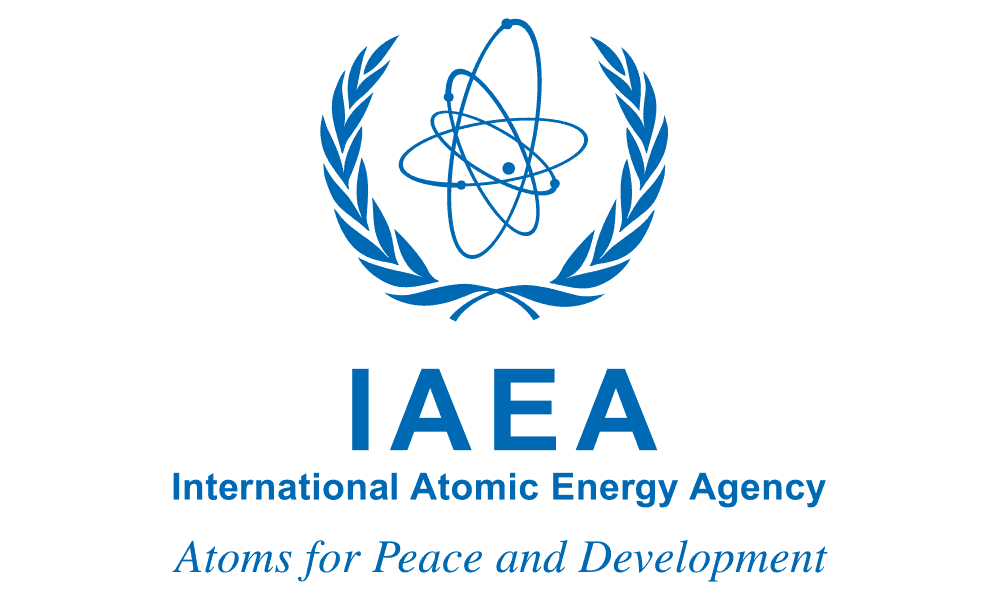
- established in 1957
- responsible for the international safeguards system: a set of technical measures through which the IAEA verifies that states are not diverting nuclear materials and technology into nuclear weapons programmes
- 171 Member States